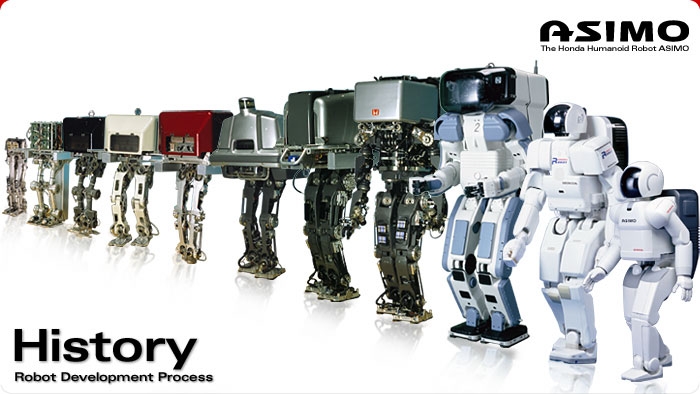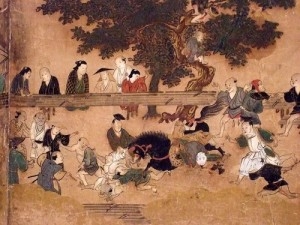
ASIMO launches “JAPAN: Tradition. Innovation.” at Museum of Civilization
Ever on the leading edge of balancing tradition and innovation, Japan and its rich history is currently enshrined in the JAPAN: Tradition. Innovation. exhibit at the Canadian Museum of Civilization. Designed by the Japanese firm Nendo as a recreation of a Japanese village where visitors are directed through with modern subway markings, the exhibit features iconic artifacts from the Edo Period (1603-1867) juxtaposed with contemporary pieces under five central themes of travel, robotics, status, consumer culture and entertainment.
“Even though we are surrounded by Japanese-designed and made objects, the national context that gave rise

to the “cutting-edge” culture of contemporary Japan is something we Canadians know little about,” said Alan Elder, curator of the exhibition. “Looking below the surface, however, we can see clearly that Japanese innovation is deeply rooted in national traditions that go back centuries. Canadians’ interest in Japan’s past, in its rich history, appears to be growing – in many cases because of the widening global appeal of Japanese cultural forms like anime and manga (comic books).”
During the Edo Period, Japan experienced an era of peace, prosperity and cultural growth as centuries of war came to an end and political stability created a population boom. The country was also isolated from the rest of the globe, allowing it to truly flourish within and solidify a strong culture. Art and design were prominent and many invaluable, iconic pieces were crafted. The intelligence of modern technology has been shaped by this particular time, including Japan’s recognition as world leaders in robotic innovation. ASIMO (Advanced Step in Innovative Mobility) was created from the genius of Honda and stands as the only humanoid robot in the world. Celebrating his 10th birthday, the four-foot-three robot opened the new exhibit today, demonstrating his

ability to dance, climb and descend stairs using balancing capabilities, kick a soccer ball and even run at a speed of 6 km/hr. While technically advanced, ASIMO is seen as a descendant of the mechanical dolls called ‘karakuri ningyo’ used during the Edo Period to serve tea. ASIMO will continue to show his unique advanced abilities to the public this weekend (May 20, 21 and 22).
In collaboration with the National Museum of Japanese History (NMHJ), research and artifacts from collections worldwide were sought to create the exhibition. The Embassy of Japan in Canada also was involved in the organization of the project’s history. While still recovering from the horrific natural disaster that ravaged the nation in March, the exhibit proves Japan continues to prosper through its rich culture and technological innovation.
“In the aftermath of the earthquake, the driving force of reconstruction has been our passion for the environment, our history and culture,” said Dr. Minami Hirakawa, executive director of NMJH.
JAPAN: Tradition. Innovation. runs now until October 10 at the Museum of Civilization. Visit Civilization.ca for more information.








